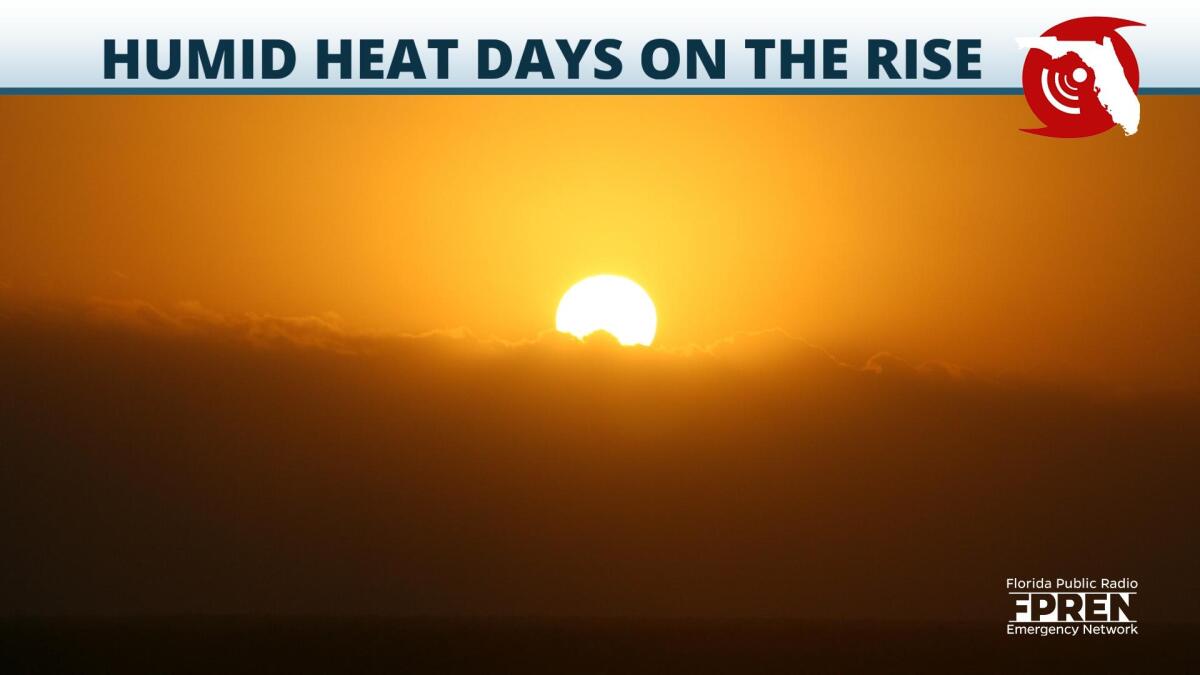
High heat combined with high humidity can be a recipe for multiple heat-related health risks. A recent analysis shows that equivalent temperatures, a metric of humid heat, has been increasing since the 1950s, and could contribute to dangerous living conditions now and in the future.
The health effects of high heat on the human body are well-documented. But humid heat presents another layer of risk to the equation. High humidity compromises our main way of cooling ourselves, sweating. When the atmosphere is saturated with humidity, it limits the ability for sweat to evaporate off our skin and cool. This, in addition to warming nighttime temperatures, makes it difficult for the body to get any respite from day-to-day heat.
Most forecasts provide the atmospheric temperature, but some include a "feels like" temperature which factors in humidity. Common humid heat metrics, such as heat index and wet bulb globe temperature, use something called relative humidity.
Humid heat is a combination of high temperatures and humidity. Humidity is a measure of how much water vapor, or moisture, is in the air. There are two primary definitions of humidity. The first is specific humidity, which indicates how much water vapor there is relative to the total moist air mass. The second is relative humidity, which indicates how much water vapor the air contains compared to the maximum it could contain at a given temperatures.
But, there are compelling reasons why another humid heat metric, called equivalent temperature, should be used to more accurately calculate the health risks associated with humid heat. This metric uses specific humidity. According to research, using the benchmark metric called dry-bulb temperature poorly identifies hotspots of atmospheric heat accumulation by underplaying changes in total heat content, especially in latitudes closer to the equator. Compared to other heat metrics, equivalent temperature is a more sensitive indicator of human stress, especially at higher air temperatures that are likely to occur more often as the climate continues to warm.
Increases in equivalent temperature means greater heat-related health risks for vulnerable populations, including children, older adults, athletes, outdoor workers, communities of color, and communities where a lower socioeconomic status exists. Recent trends in equivalent temperature are also strongly correlated with the changing frequency and intensity of weather extremes, including extreme heat waves and heavy rainfall events. Using equivalent temperature in humid heat metrics may give us a more comprehensive understanding of how our warming planet affects the human body.
9(MDA5NDY0MjA5MDEzMzcwMjQ4MTUxZWMwMg004))
